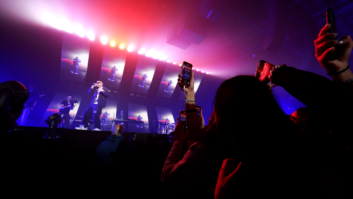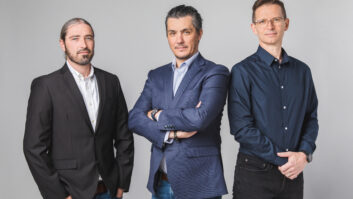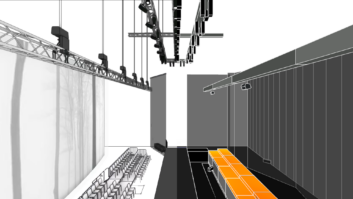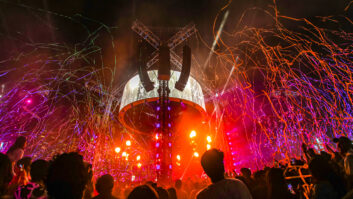L-Acoustics L-ISA Hyperreal Sound powered the recent UK tour of the legendary Italian tenor singer Andrea Bocelli, culminating in a performance at London’s O2 Arena, accompanied by a 69-piece orchestra and 60-voice choir.
For the O2 Arena, Brit Row deployed a comprehensive L-ISA configuration featuring nearly 100 speakers and 40 amplified controllers in a 7.1 spatial configuration, designed by systems engineer Alessandro Cestaro.
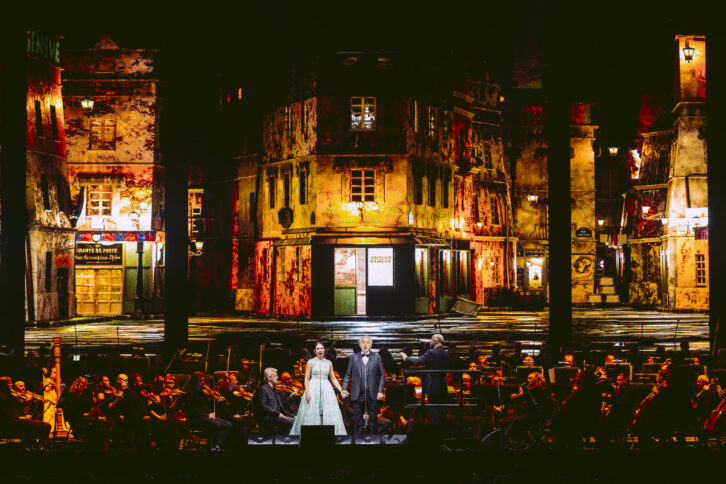 The setup included a scene system of five hangs of L2 and L2D, with two further L2/L2D L/R extension hangs per side. Two hangs of KS28 subwoofers were centrally flown. Onstage, X8 provided spatial front-fill while KS21 subwoofers were ground-stacked in front of the stage.
The setup included a scene system of five hangs of L2 and L2D, with two further L2/L2D L/R extension hangs per side. Two hangs of KS28 subwoofers were centrally flown. Onstage, X8 provided spatial front-fill while KS21 subwoofers were ground-stacked in front of the stage.
Side-fill to the 270° seating areas were covered by flown side hangs of L2 and L2D and ground-stacks of KS21 subwoofers in cardioid, topped by A10 Wide and Focus. The entire system was powered by LA7.16 and LA12X amplified controllers.
Davide Lombardi, Bocelli’s front-of-house engineer, said: “It was actually faster to load in an L Series 7.1 configuration than a standard line array stereo setup.”
Lombardi says the L-ISA configuration’s success lies in its object-based mixing capabilities, controlled through the L-ISA Processor and Controller software. This allowed him to maintain precise dynamic control across the entire 100-speaker system while preserving the natural acoustic relationships between performers.
“My ultimate goal is transparency,” Lombardi added. “I want audiences to forget they’re in a 20,000-seat arena and feel they’re in an intimate theatre, actively participating rather than passively observing.”
He concluded: “L2 provides extremely precise high-frequency control, allowing us to direct sound exactly where needed. The inherent cardioid pattern minimises stage bleed, giving performers better monitoring while maintaining pristine front-of-house sound.”


